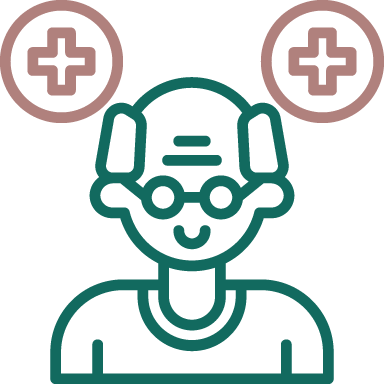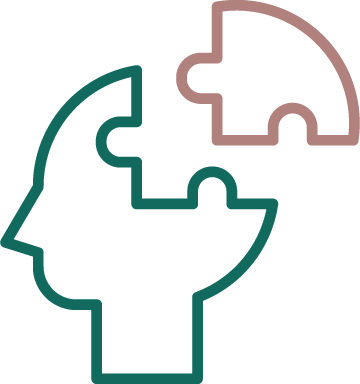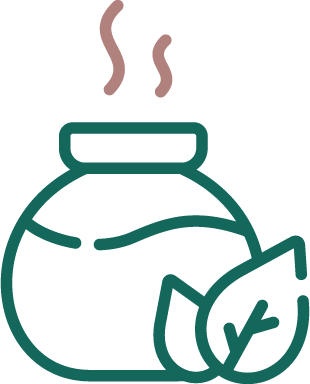Alzheimer's Disease
Non-drug Therapies
There is a variety of occupational activities that tend to soothe and improve the quality of life of people with Alzheimer’s. For example, singing, listening to music, drawing, playing cards, talking about current affairs, visits with school children etc.
As soon as behavioural issues appear, non-drug therapies are introduced as treatment or in addition to medication. The effectiveness of these occupational activities on the patient’s disorder has been measured. They may be able to replace the medication.
These activities aim to preserve patients’ independence for as long as possible, to alleviate behavioural issues, to soothe patients, to restore a state of well-being or to even support caregivers. Occupational and non-drug management can be specific to different stages of the disease. Management is diverse and varied, and is carried out in groups or on a personalised basis.
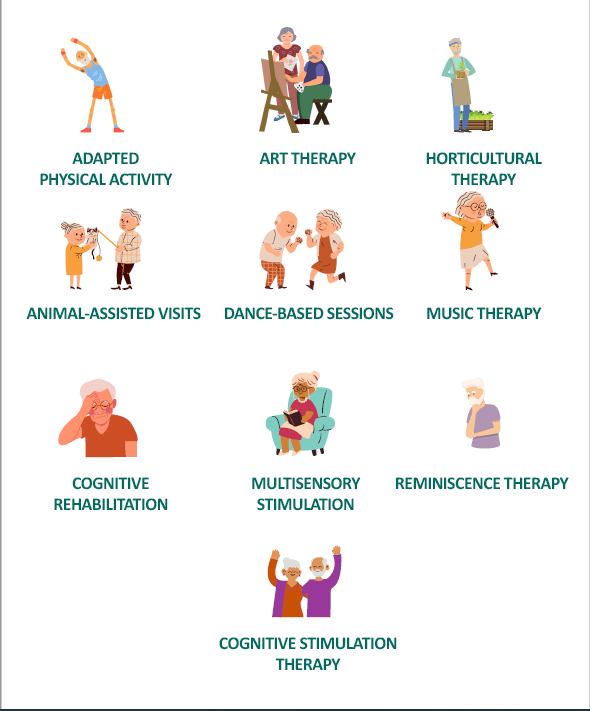
Body-based therapies
Testimonial: Creating a positive emotional imprint
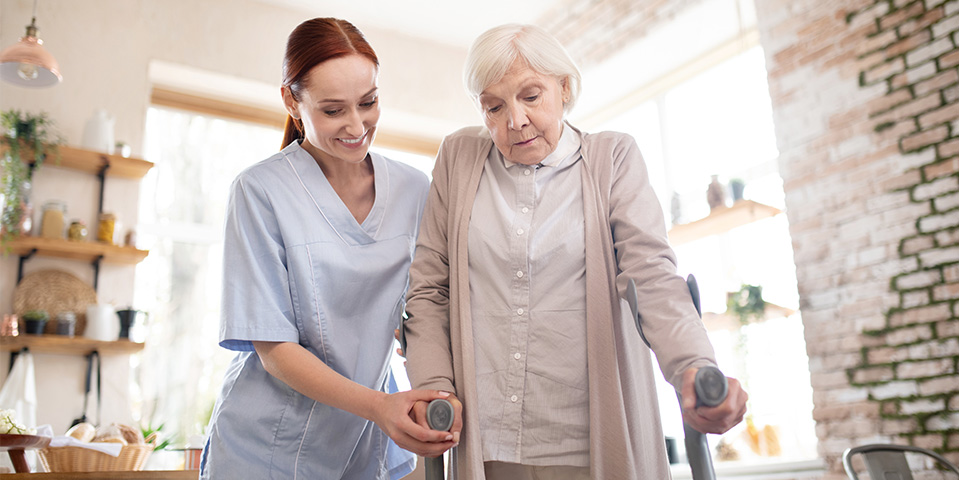
A caregiver must wash a patient who does not want to wash.
If they do it to follow protocol, to obey their superior, or because the family requires it, they leave a negative emotional impression and little by little, they are recognised as an “undesirable” being by the patient. They will no longer be able to wash the patient, or they will do so in increasingly violent conditions, which are unacceptable to both patient and caregiver.
In the 1970s, an American neurologist conducted an experiment. Every morning, he greeted Alzheimer’s patients with a prickly object in his hand. After a few sessions, the patients, who did not actually recognise him, refused to hold out their hands. The negative emotional impression had just been scientifically established.
On the other hand, if we know what music patients listened to at the age of 15, and we find a song that makes them feel good, we can give them a happy experience several times a day and maybe even wash them while they are listening to music. The music soothes the patient thanks to its positive emotional impression.





